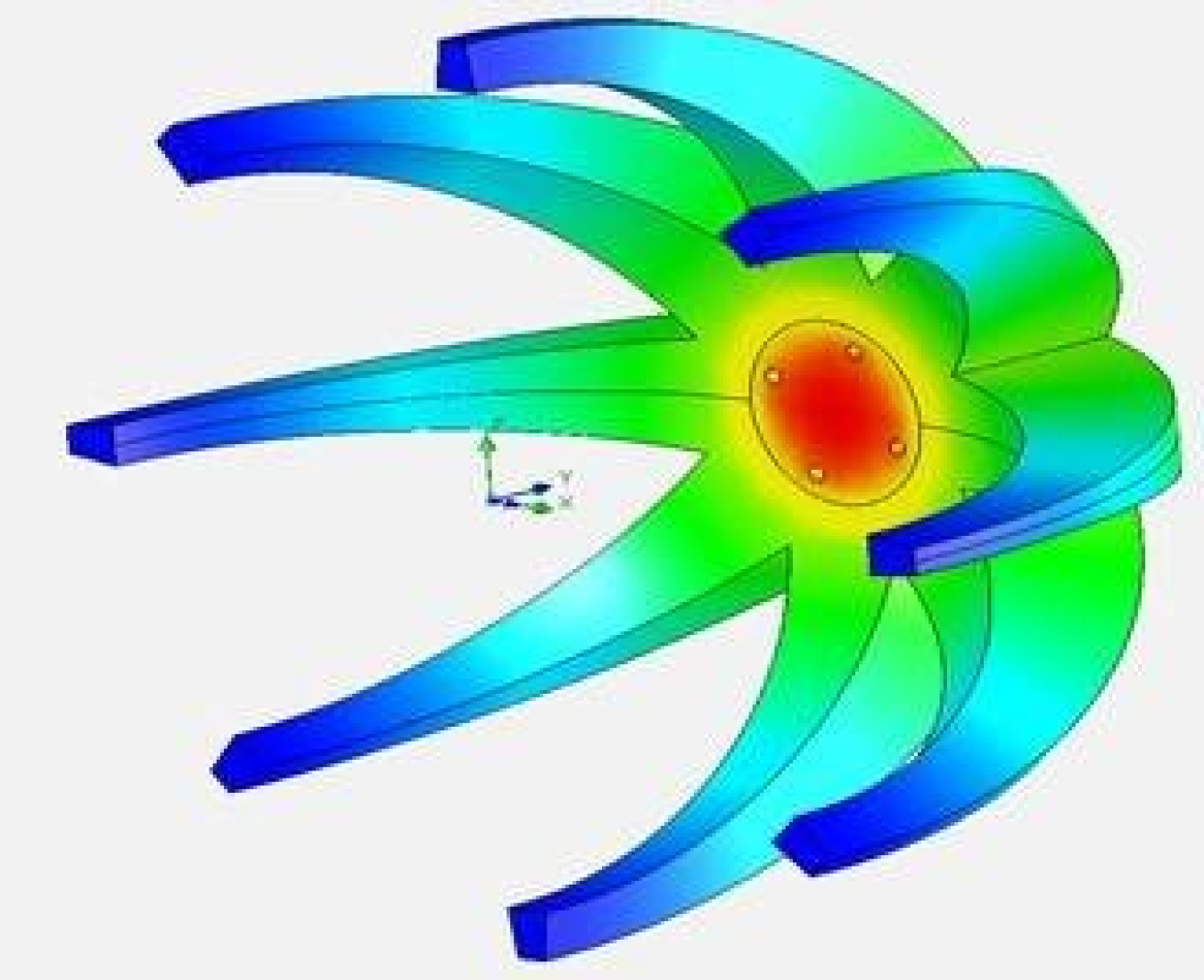
Eaton is developing a fully integrated approach to manufacturing LED luminaires, leveraging additive-manufacturing technology. Carried out in partnership with the Lighting Research Center at Rensselaer Polytechnic Institute and the Xerox Research Centre of Canada, the project is investigating additive-manufacturing approaches that will significantly reduce cost, eliminate manufacturing waste, and improve luminaire efficacy. Targets include a 50% reduction in materials usage, process steps, and first cost, while achieving an efficacy of 130 lm/W. So far, materials usage has been reduced by 50%, process steps by 30%, and process costs by 25%.
Additional benefits of using a print-on-demand process include reduced operations and manufacturing footprints, a consolidated supply chain, near-zero inventory, and a faster time to market.
Building on the achievements of a previous DOE-funded Eaton project, the integrated manufacturing approach will combine structure with thermal-management solutions, electronic functionality, and optics to use fewer components and assemblies. Key functional components of the luminaire assembly are being addressed in developing the additive-manufacturing process. The properties of the functional materials, as well as the additive-manufacturing technique, must be developed to meet the performance requirements and cost structure of each of the key components:
- Heat sink (must manage required thermal load while minimizing material; will also serve as the electronic substrate for LED functionality)
- Housing (must meet baseline luminaire mechanical and environmental requirements; may integrate the heat-sink function)
- LED electronics (the baseline luminaire LED board function will be integrated into the heat sink; must meet the voltage and current requirements for the modular design)
- Optics (the reflective capability will be optimized for the modular design to demonstrate achievement of the application efficacy target; the refractive optic will be investigated with an eye to achieving functionality similar to that of the baseline luminaire fixture)
An integrated approach is critical to reducing assembly steps. For example, replacing the metal-core printed circuit board and thermal interface material with a printed circuit on the luminaire heat sink reduces the number of thermal interfaces in the system, and thus improves thermal resistance while lowering manual assembly costs. The increased integration also requires further process refinement, such as surface finish of the heat sink to provide sufficient smoothness for printing the circuit.
The key parameters have been identified for the printed materials and additive-manufacturing tools and processes. The tradeoffs between materials performance, printing speed, post-processing requirements, and design integration are being optimized for all key components of the LED luminaire. (July 2020)
Return to Research Highlights.

